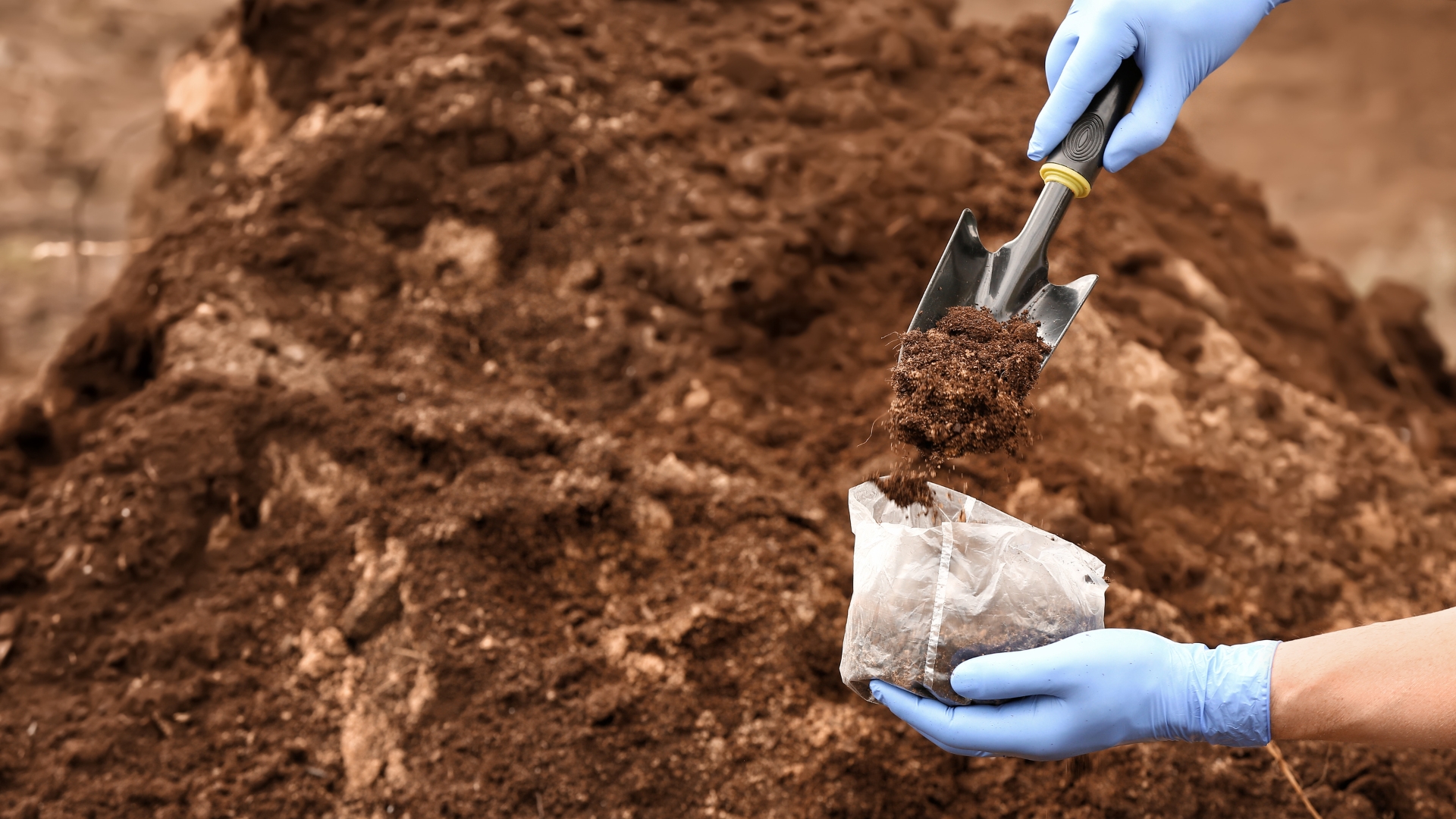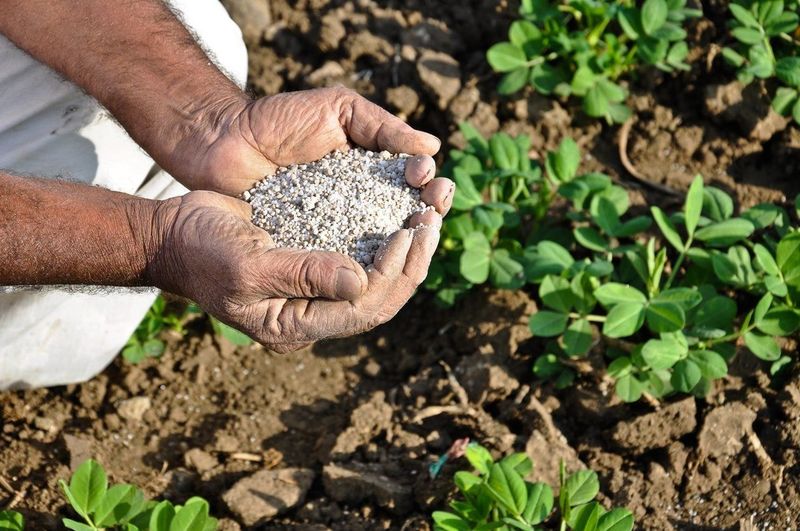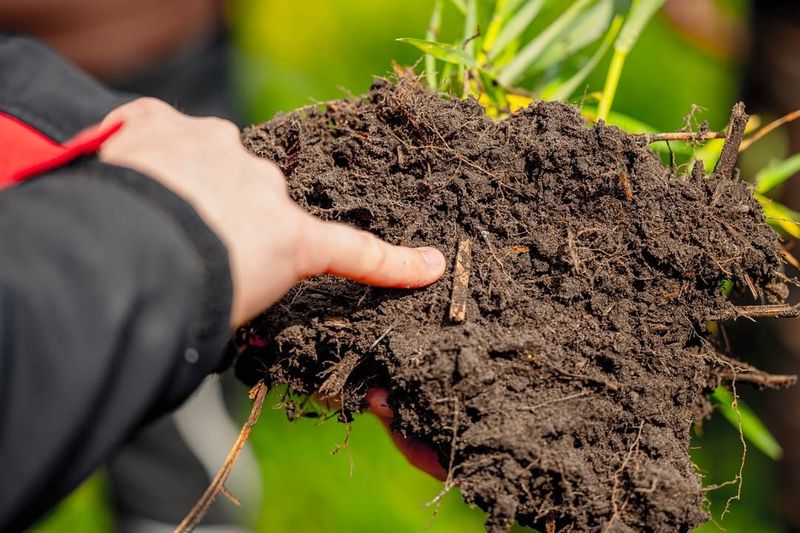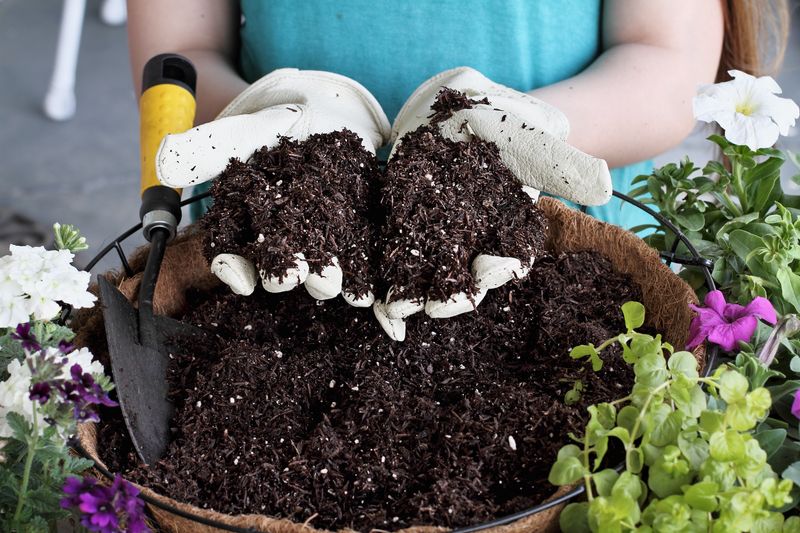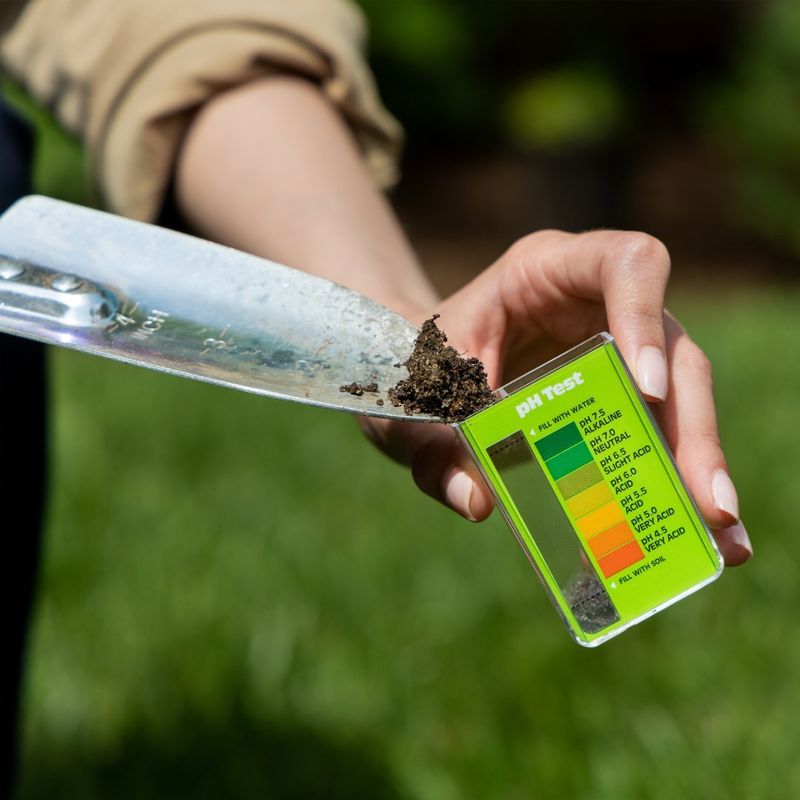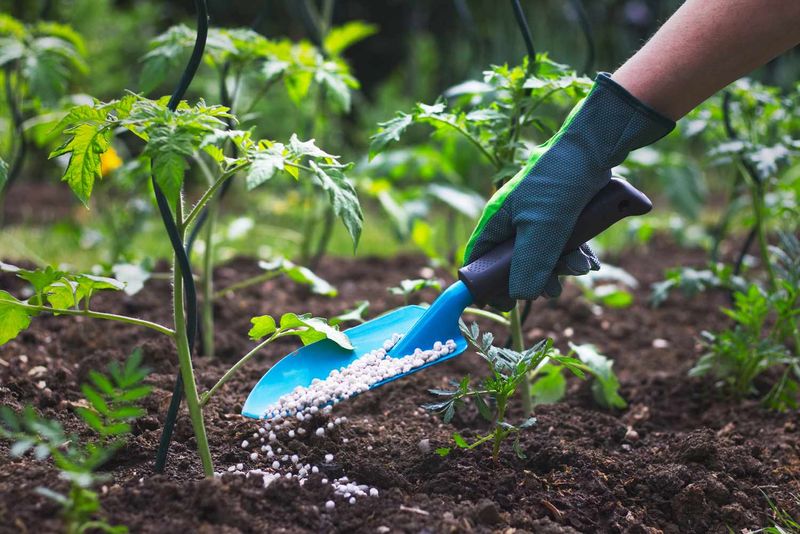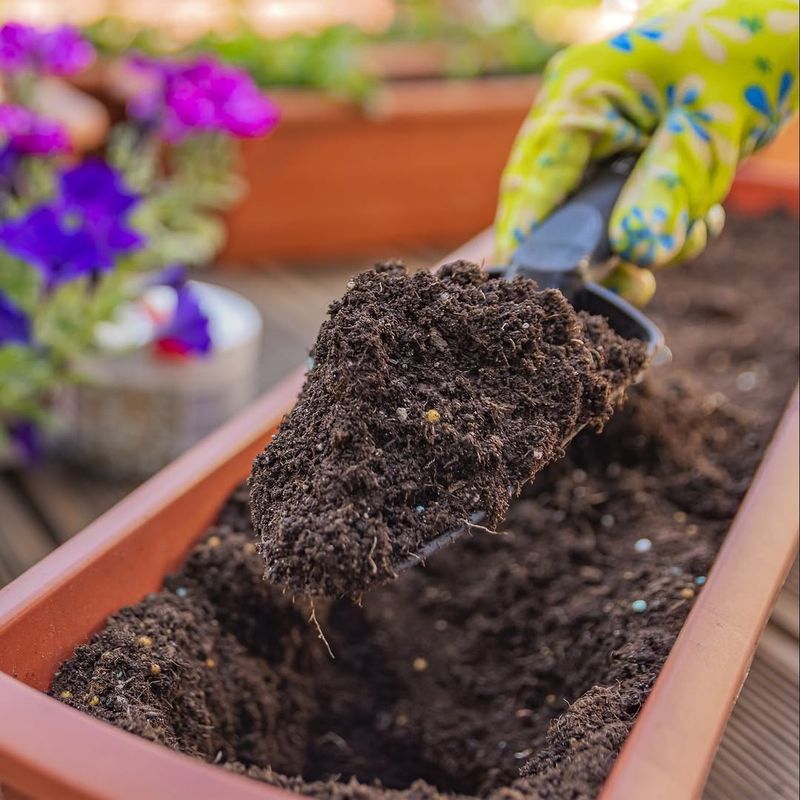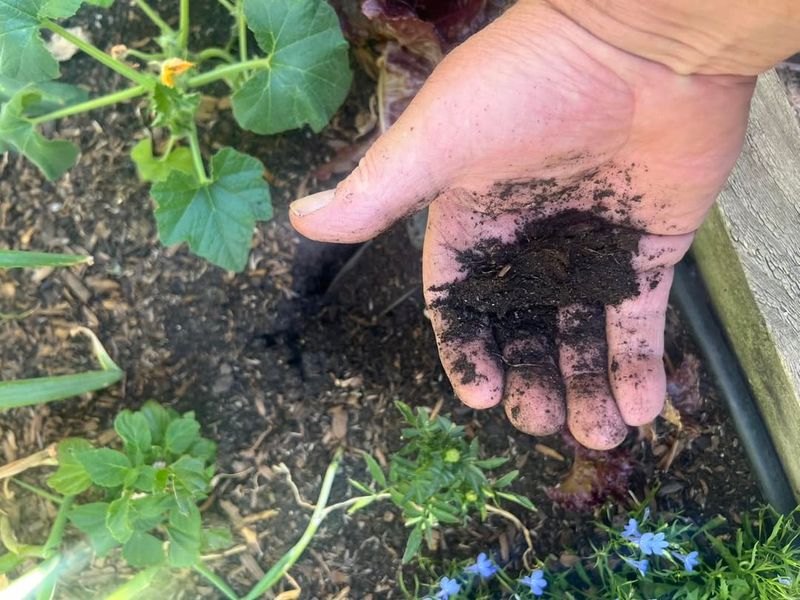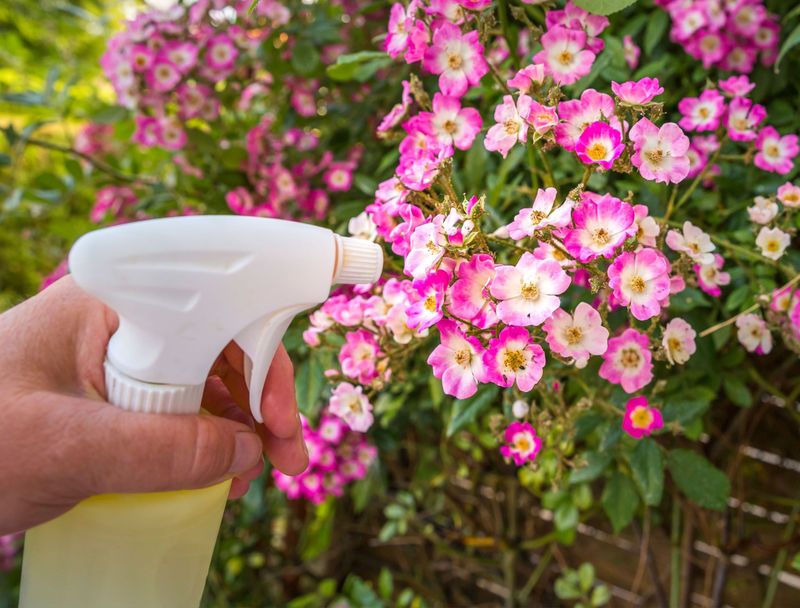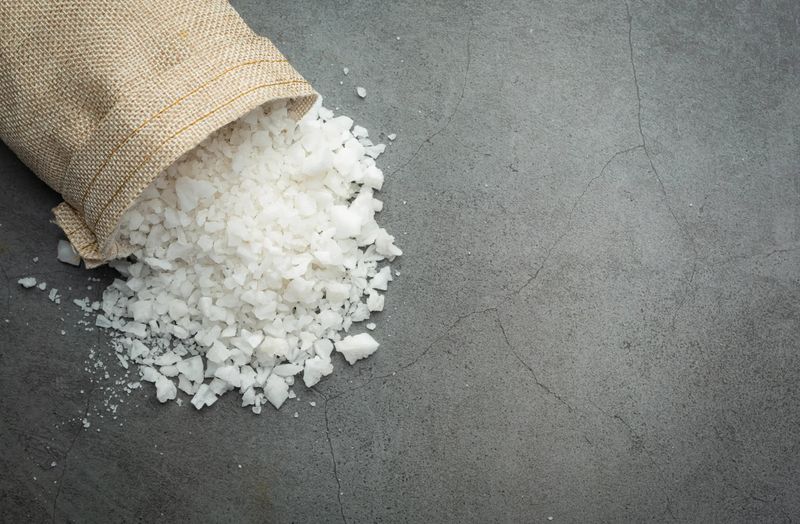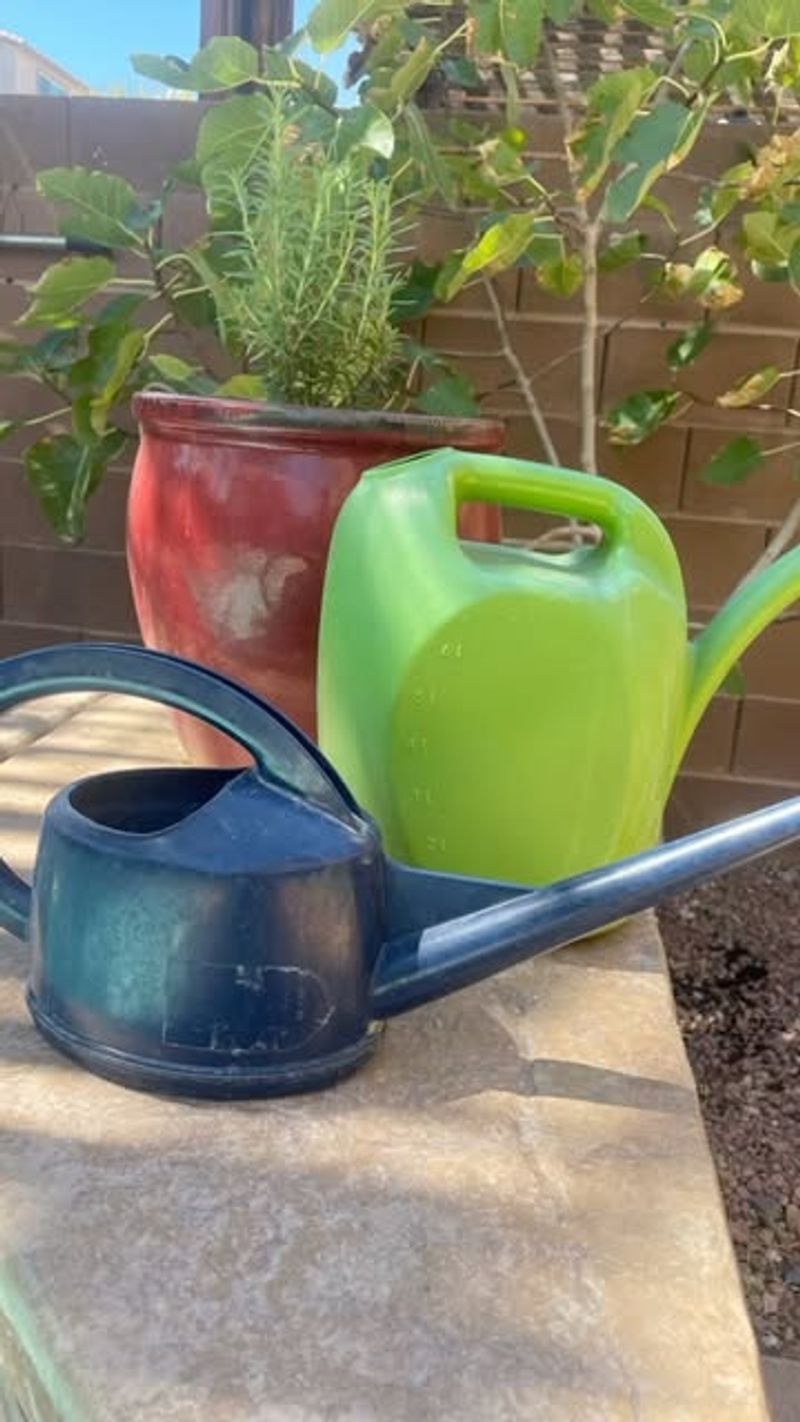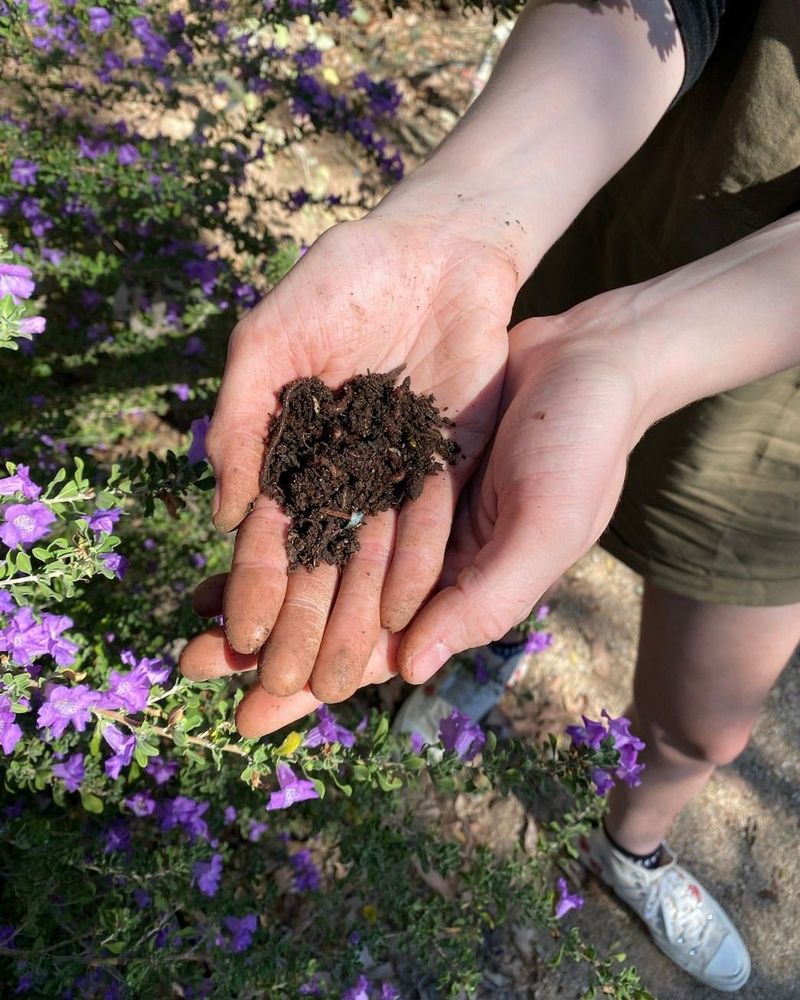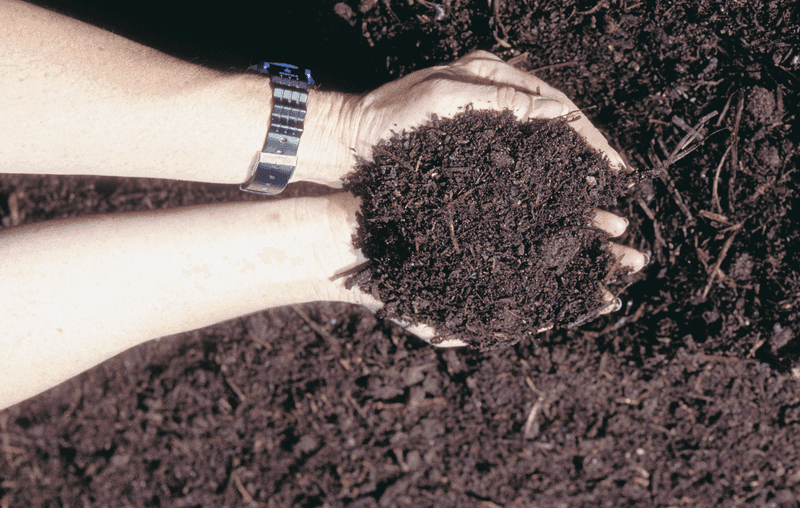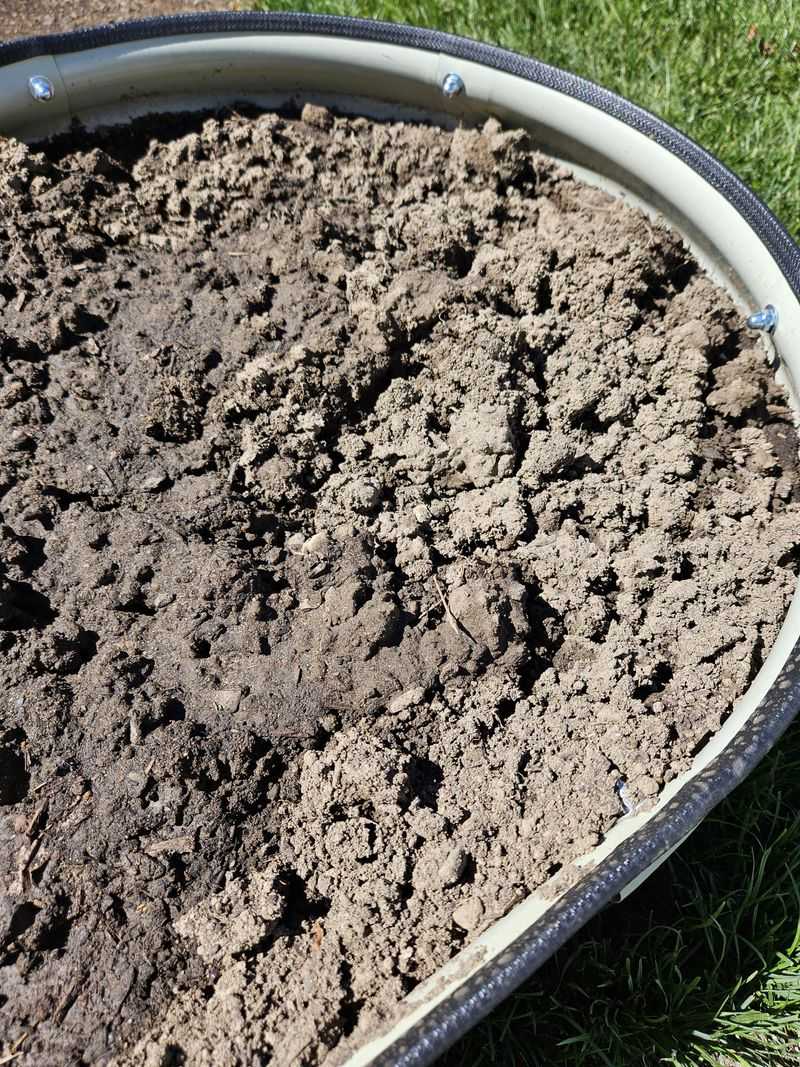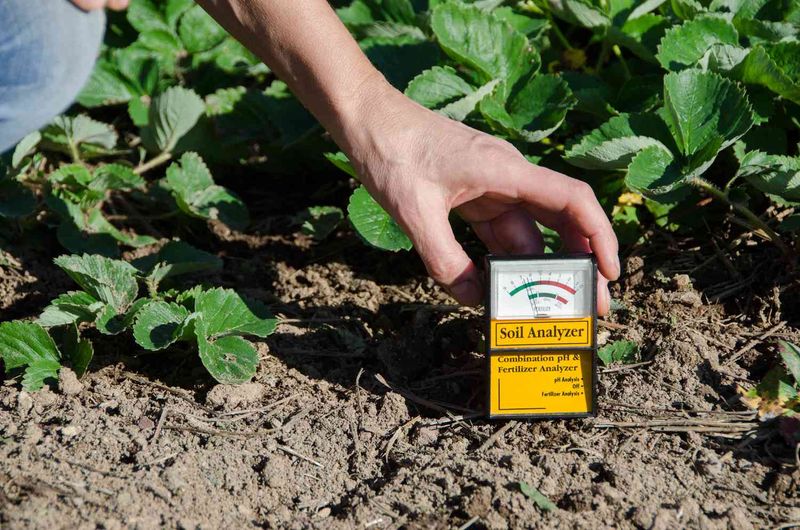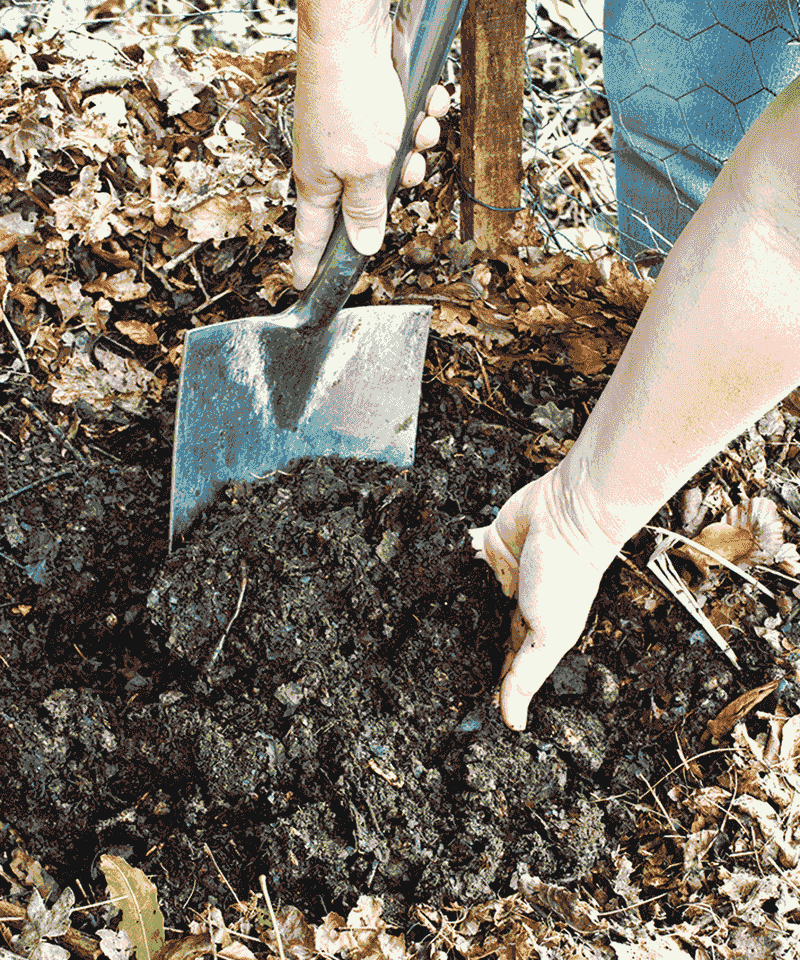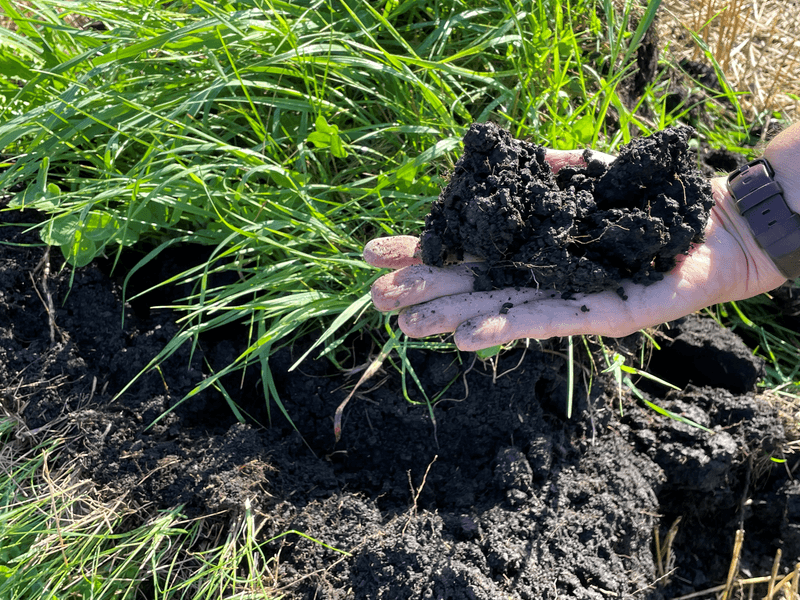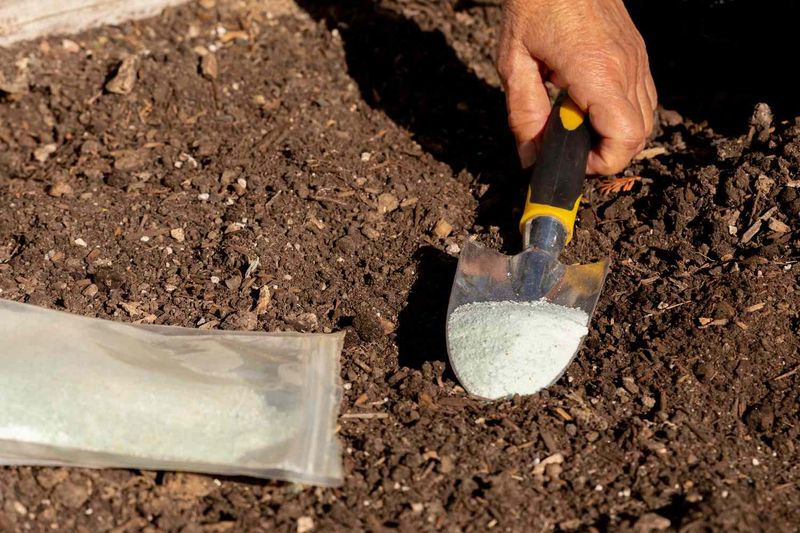Hey there, fellow garden enthusiasts! If you’ve ever tried to tweak your soil’s acidity, you know it can be a bit like baking a cake without a recipe. The right pH can make all the difference for your plants, but getting there isn’t always straightforward. Today, I want to share some common pitfalls gardeners encounter when attempting to make their soil more acidic. Trust me, avoiding these blunders will save you time and ensure a healthier garden.
1. Using Too Much Sulfur
It’s easy to think more sulfur means faster results—but it can backfire quickly. Overloading your soil with sulfur can burn plant roots and disrupt microbial life.
Instead of acidifying your soil, it may make it toxic for delicate plants. The damage isn’t always visible right away, which makes it even riskier.
Always follow application rates on the label and go slow. Reapply gradually over several weeks or months if needed.
When in doubt, less is more. A light hand leads to healthier soil and longer-lasting results.
2. Ignoring Soil Testing
Trying to acidify your soil without testing it is like cooking without tasting. You could be fixing a problem that doesn’t exist—or making one worse.
Soil pH varies from spot to spot, even within the same yard. A simple test gives you the real numbers and helps you target your treatment.
You can buy an affordable DIY kit or send a sample to a local extension service. Either way, the insights are worth it.
Know your baseline before you start adjusting anything. A good test is your best gardening ally.
3. Applying Acidifiers Too Often
It’s tempting to keep adding acidifiers if you’re not seeing instant results. But piling them on too frequently can throw your soil completely off balance.
Some products take weeks to kick in, and overapplying can lead to nutrient lockout. This means your plants may stop absorbing key minerals altogether.
Give the soil time to respond before reaching for another dose. Monitor your plants and re-test the pH after a few weeks.
Patience prevents problems—and saves your garden from chemical overload.
4. Not Checking pH Levels Regularly
pH isn’t a one-and-done kind of thing. It changes with watering, plant growth, fertilizer use, and even weather.
If you’re not checking it regularly, you might miss swings that affect your plants. Use a pH meter or test strip every month or two during growing season.
Tracking changes helps you make smart adjustments, not guesses. It also lets you catch issues early—before they affect your crops.
Stay on top of it, and your plants will stay on top of their game.
5. Using the Wrong Type of Fertilizer
Not all fertilizers play nice with acid-loving plants. Some are loaded with lime or other alkaline additives that cancel out your efforts.
Choosing the wrong one could quietly raise your soil’s pH over time. Go for fertilizers labeled as “for acid-loving plants” or with ammonium sulfate.
These support both nutrition and pH balance. Check labels closely and stay consistent with your soil goals.
Feeding your plants shouldn’t undo your hard work.
6. Overusing Peat Moss
Peat moss is a popular soil acidifier, but too much of it can compact the soil and block airflow. Over time, this can lead to poor drainage and stressed roots.
While it does lower pH, relying solely on peat creates an unhealthy environment for long-term plant health. Instead, mix peat moss with compost, bark fines, or perlite.
This keeps the soil loose and breathable while still supporting acidity. Use it as a part of the solution—not the whole plan.
Balance is the key to healthy, acidic soil.
7. Acidifying Without Knowing Plant Needs
Not all plants want or need acidic soil. Applying acidifiers to plants that prefer neutral or alkaline conditions can stunt their growth or even kill them.
Before adjusting your soil, double-check the ideal pH range for what you’re growing. Plants like blueberries and azaleas thrive in acidic soil—but not everything else does.
Create different zones in your garden if needed. Tailoring your treatment to the plant’s needs avoids unnecessary stress and wasted effort.
Know your plants before you change their environment.
8. Skipping Organic Matter
Focusing only on pH numbers and skipping organic material is a missed opportunity. Organic matter improves structure, drainage, and microbial health—while gently lowering pH.
Without it, soil can become lifeless, compacted, and harder to manage. Add compost, leaf mold, or well-rotted manure to support long-term acidity and fertility.
It’s a slow-release way to improve your soil naturally. Acidifying and enriching at the same time is a win-win.
9. Using Vinegar as a Long-Term Solution
Vinegar might seem like a quick fix, but it’s far from sustainable. It lowers pH only temporarily and can harm roots and soil microbes.
Repeated use may create harsh conditions that stress your plants. It’s fine for a fast one-time tweak—but not a go-to method.
Instead, use natural materials like pine needles or sulfur for lasting results. Keep vinegar in the kitchen, not the garden.
10. Applying Aluminum Sulfate Excessively
Aluminum sulfate works fast—but it can build up quickly and become toxic. High aluminum levels damage roots and prevent nutrient absorption.
This is especially risky for edible plants and sensitive flowers. If you use it, apply sparingly and monitor your soil closely afterward.
Safer alternatives include elemental sulfur or acid-based organic mulches. Speed isn’t worth sacrificing your soil’s long-term health.
11. Not Watering Properly After Application
Acidifiers like sulfur or aluminum sulfate need moisture to activate and work their magic. If you skip watering after applying, they may just sit on the surface and do nothing.
Worse, they could burn your plants if left dry during hot weather. Always water thoroughly after applying any acidifying product.
This helps the materials break down and move into the root zone where they’re needed. Moisture is the bridge between your effort and actual results.
12. Ignoring Soil Texture
Not all soil responds to acidifiers the same way. Clay, loam, and sandy soils all interact differently with amendments.
What works in sandy soil might be too strong for loam or not effective at all in heavy clay. Know your soil’s texture before choosing your strategy.
Use compost or sand to improve structure if needed. The more you understand your soil’s base, the better your acidification will go.
13. Treating All Soils the Same
Just because one part of your yard needs acid doesn’t mean the whole garden does. Treating all soil equally ignores natural differences in pH and structure.
You might accidentally over-acidify healthy areas while trying to fix a problem spot. Always test different zones separately.
Apply treatments only where needed, and spot-treat instead of going all-in. Precision keeps your soil balanced and your plants thriving.
14. Forgetting to Adjust for Climate
Ignoring climate impact on soil acidity can derail your efforts. I once forgot how seasonal changes affect pH levels, leading to unexpected plant stress. Climate influences soil temperature and moisture, crucial factors in acidification. Recognizing this helps in timing your applications for optimal effect. Adjusting for climate ensures your soil amendments deliver consistent results, regardless of external conditions. Being mindful of these dynamics supports resilient plant growth.
15. Not Considering Existing pH
If you don’t know your starting pH, how can you know what to fix? Guessing leads to overcorrecting—or doing nothing useful at all.
Even if your soil feels “off,” always test before applying acidifiers. It might already be acidic enough, or too alkaline for basic methods to work.
A test gives you exact numbers and better planning. No one likes wasting time, money, or good soil.
Start with the facts, and the fix becomes easy.
16. Applying Acidifiers in Hot Weather
Applying acidifiers during extreme heat can damage plants and soil microbes. High temperatures amplify chemical reactions, which may lead to root burn or stress.
Instead of lowering the pH, you might just fry your soil—and your plants. Aim to apply in cooler, overcast weather or early morning.
This gives materials time to break down slowly and safely. Water right after application to help it absorb and settle.
17. Neglecting Microbial Health
Healthy soil isn’t just about minerals—it’s about life. Overuse of acidifiers can harm beneficial microbes that help regulate nutrients and support plant growth.
When these microbes die off, the soil becomes lifeless and harder to manage. Incorporate organic matter like compost or worm castings to nourish the soil ecosystem.
Rotate between natural and gentle acidifiers instead of relying on harsh ones. Microbes are your underground garden crew—keep them on the job.
18. Expecting Instant Results
Soil pH takes time to change, especially when you’re doing it the right way. Expecting quick results can lead to overapplication and disappointment.
Most acidifiers work gradually over weeks or even months. Keep monitoring and trust the process—rushing can do more harm than good.
Think of it as long-term soil wellness, not a quick-fix diet. Consistency and patience always win in the garden.
Good things (and blooms) come to those who wait.

